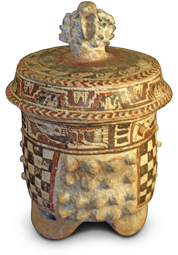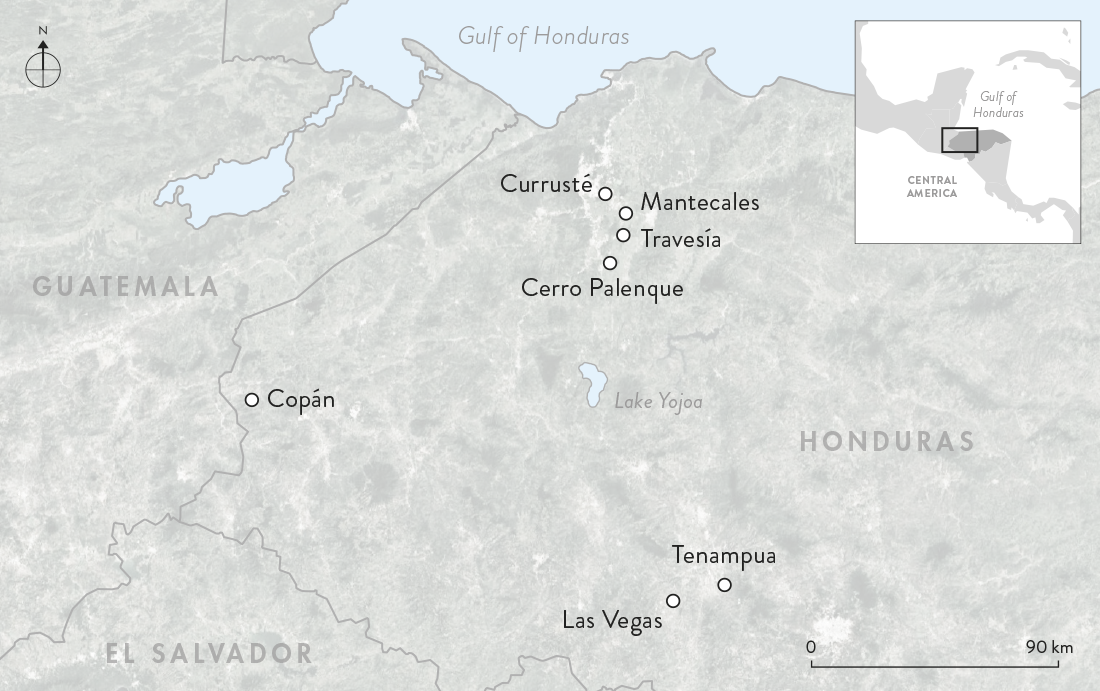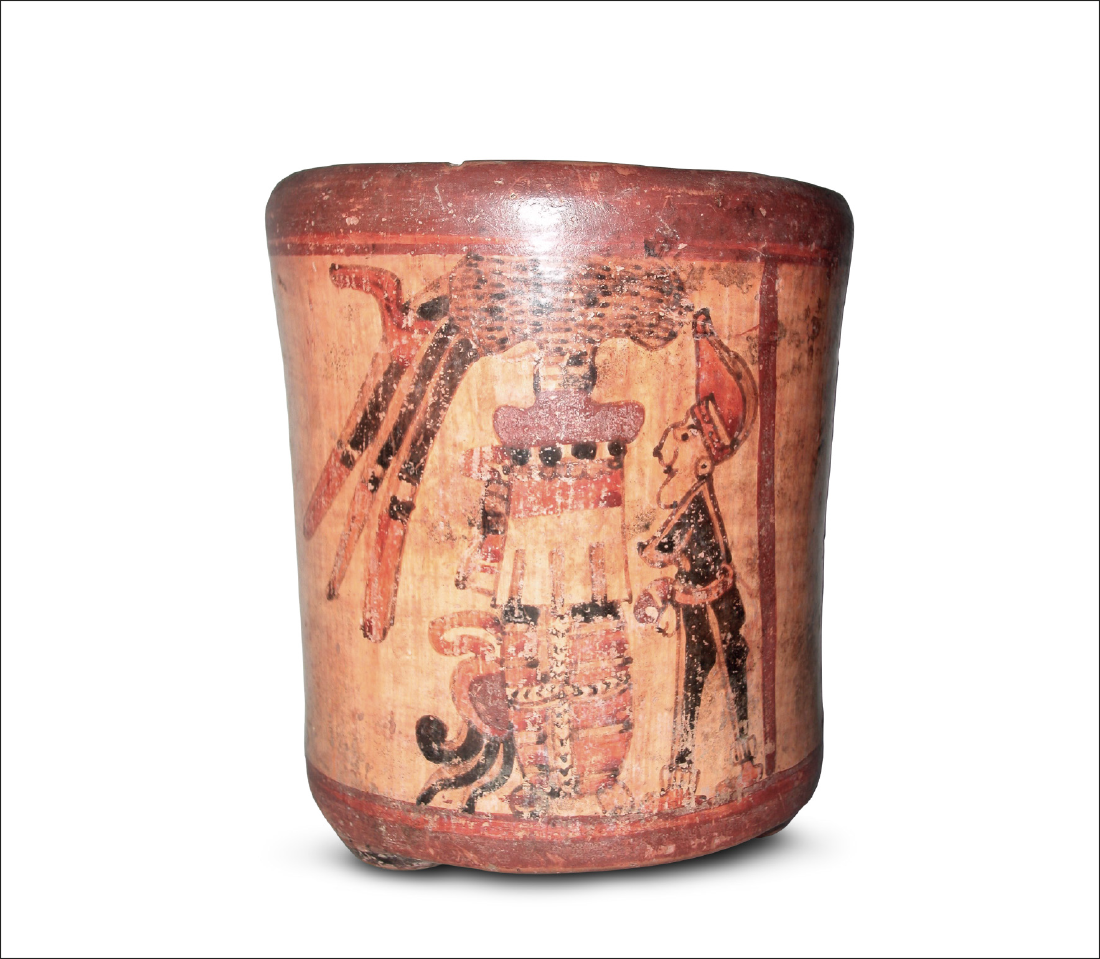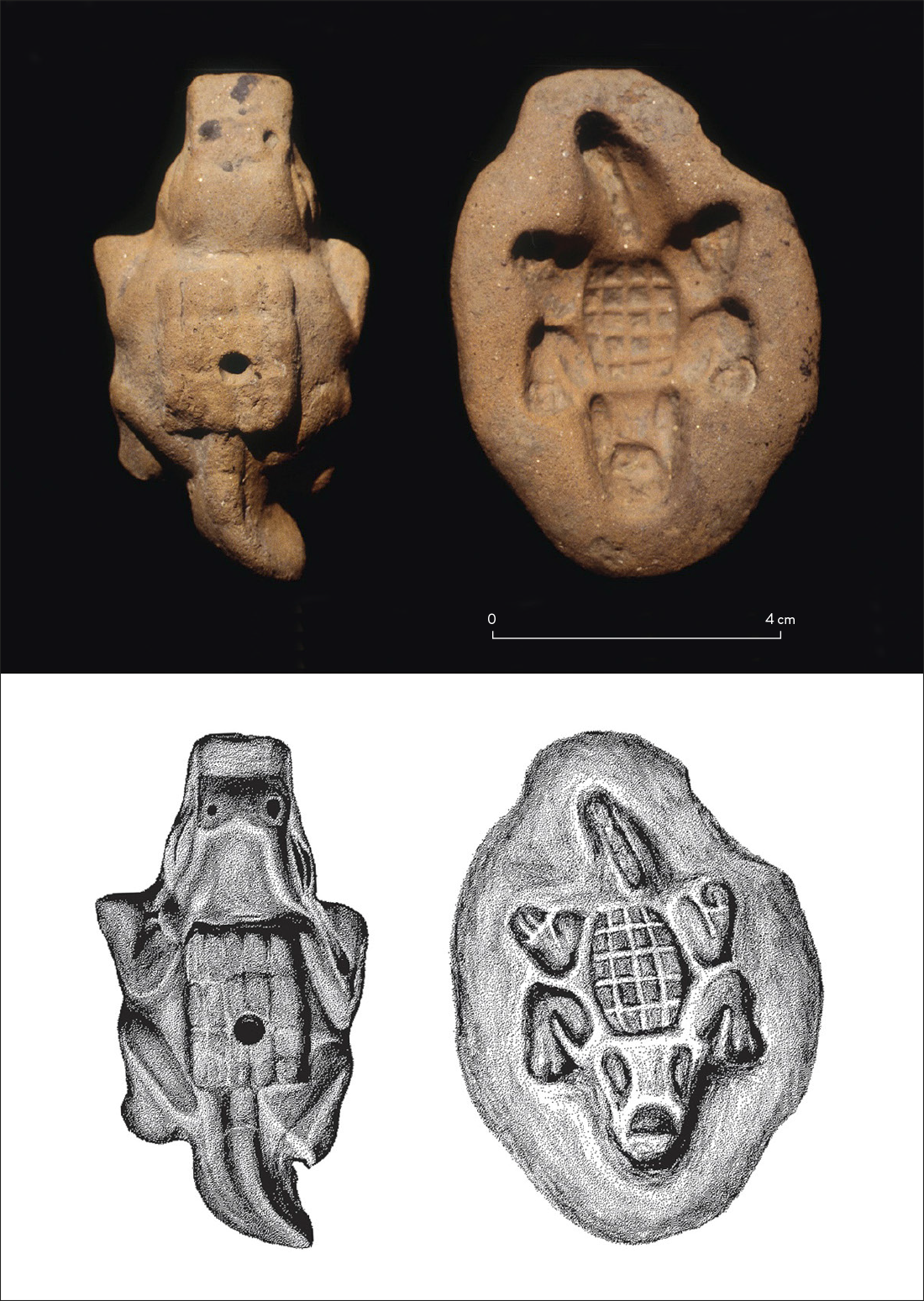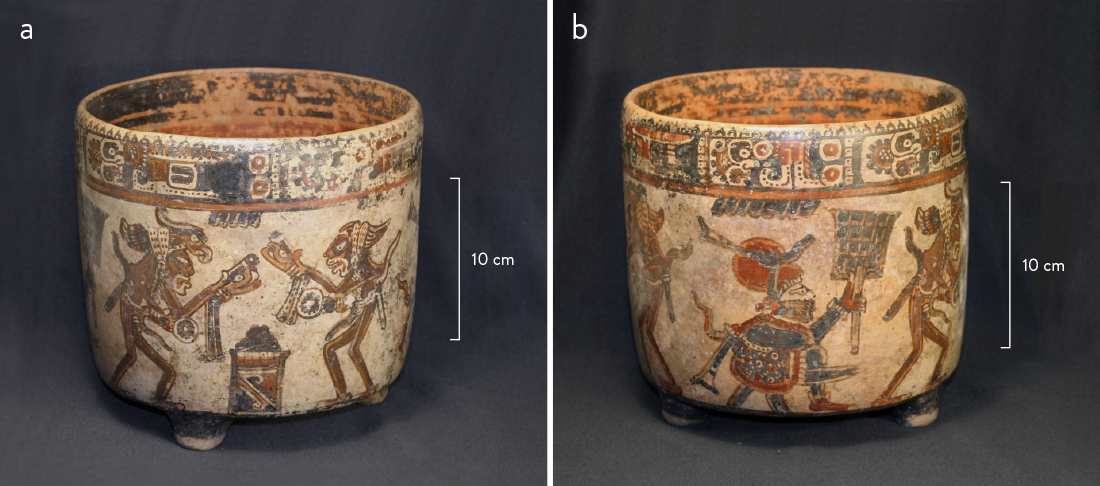Disentangling Iconography in Borderlands: Nonhuman Actors and Authority in Honduran Classic Polychromes
Desenredando la iconografía en las tierras fronterizas: actores no humanos y autoridad en las policromías clásicas hondureñas
In this paper I illustrate how semiotic analysis of art can be produced for a region for which we lack contemporaneous texts. The Ulúa Polychrome tradition of Honduras, which developed in the borderlands of Classic Maya society between ad 450 and 950, has been viewed as a variant of the Maya Lowland ceramic tradition. Instead, I show how key aspects of the iconography of these pots at the moment of greatest entanglement of Ulúa people with their Maya neighbors can only be understood in relation to a distinct indigenous Honduran history. Despite superficial similarities between these ceramic traditions, the depiction of nonhuman actors and the framing of human authority are part of a specific Honduran visual culture and aesthetic. The case study demonstrates how archaeological materials can provide a context through their visual and material indexicality, which illuminates features that might be missed by using more general guidance from texts covering neighboring and later societies.
Keywords: Honduras, Ulúa, borderland, authority, vessels, iconography.
Casanova, A., M. Micheli, M. Ricci, M. Toledo, F. Bellatreccia, S. Lo Mastro & A. Sodo 2016. Raman, sem–eds and xrpd Investigations on Pre-Columbian Central America “estucado” Pottery. Spectrochimica Acta Part A: Molecular and Biomolecular Spectroscopy 156: 47-53.
Costenla, A. 1991. Las lenguas del Área Intermedia: introducción a su estudio areal. San José: Editorial de la Universidad de Costa Rica.
Davis, W. 2004. Visuality and Pictoriality. res, Anthropology and Aesthetics 46: 9-31.
de la Fuente, G., F. Marte, N. Mastrangelo, M. Martínez, G. Rozas, S. Vera, C. Nazar & M. Tascón 2021. Raman and ft–ir Spectroscopy of Prefiring Paintings and Slips in Pre-Hispanic South American Pottery. The Case of Diaguita Inca Pottery: An Initial Glazing-Painting Process? (Tinogasta, Catamarca, Argentina). Archaeological and Anthropological Sciences 13 (10): 1-8.
Dikovitskaya, M. 2005. Visual Culture: The Study of the Visual After the Cultural Turn. Cambridge: The mit Press.


